Red Stone Commemorates Veteran Red Army Pilots Who Trained in Scotland
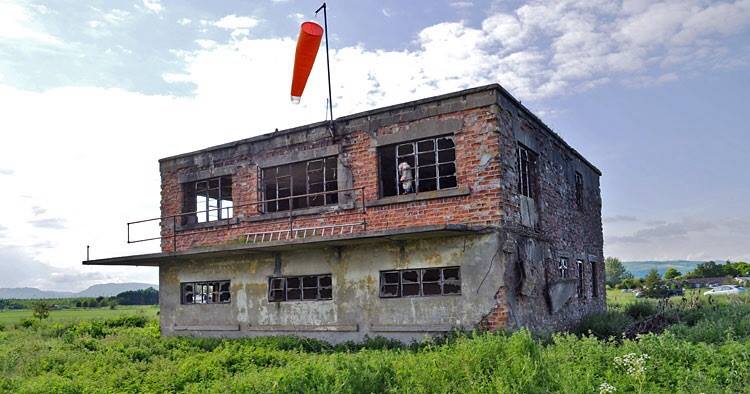
To passersby in the Scottish village of Errol, the appearance of an otherworldly red stone on the grounds of the Parish Church this past week might spark more than a little curiosity.
The stone, cut from an enormous block of Karelian Shoksha quartzite, was mined in northwest Russia and cut to size before being shipped without fanfare to the village – a chain of events that presages the story the strange rock arrived to tell.
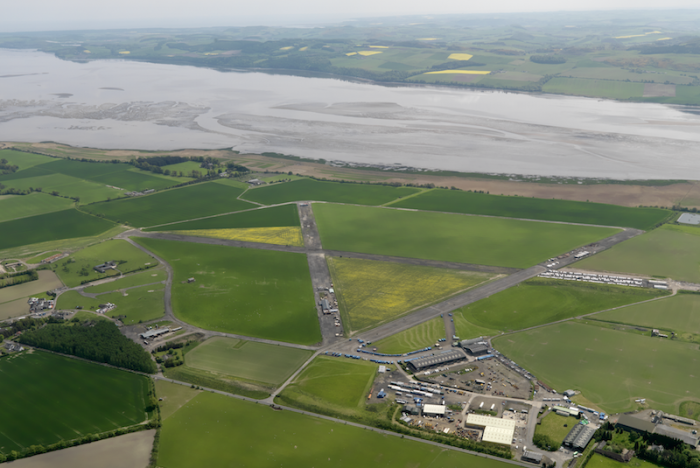
Carefully lifted into place with help and equipment by the Morris Leslie Group which facilitated is transportation from Russia, the boulder and the iron plaque fastened to it tell the tale of another extraordinary transcontinental delivery – that of 20 Russian flight crews, numbering 70 airmen flown straight from a combat mission the RAF Errol for covert training on the Albemarle medium bomber.
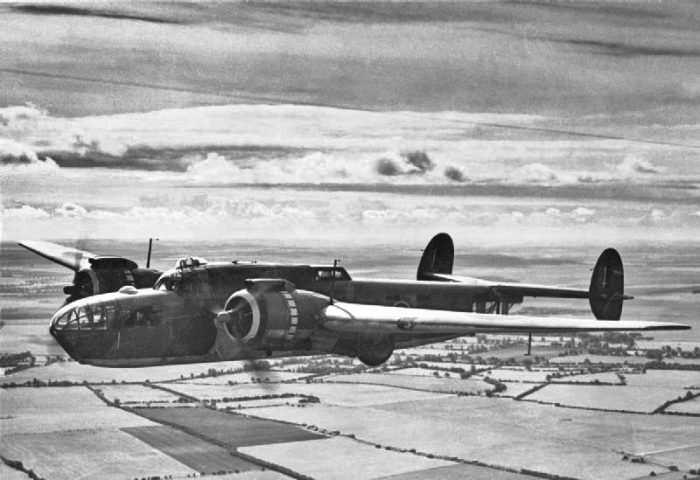
The Moscow Special Assignment Group, a team of highly-trained Russian civil aviators, was posted to Errol in the covert 305 Ferry Training Unit where they learned to operate the Albemarle in preparation for transporting the planes to the Russian front.
The Russians were the only pilots outside of the United Kingdom to operate the Albemarle, a small number of which were secretly flown across the continent for use as transports in the Red Army.
In the United Kingdom, newspapers were forbidden to report on the Russians’ arrival – their presence was a closely-guarded secret. Russian officers suspected of having western sympathies had been purged from the military and executed only a few years previous; their presence in the West was a matter of considerable delicacy and emergent circumstance.

The flyers that had arrived were part of a crack team of skilled pilots with a history of night-time missions into enemy fire dropping troops behind enemy lines, evacuating people ahead of the German advance, or resupplying units station far out in the Russian front.
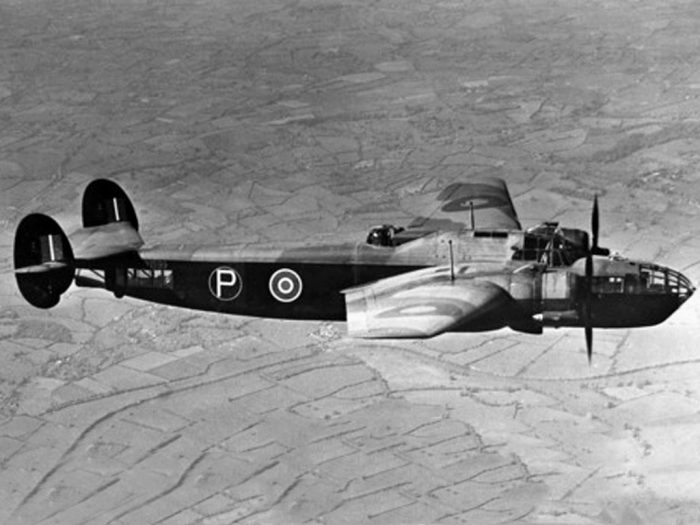
The dangerous nature of such missions and the size of the area that the Russians sought to defend led to an inevitable shortage of transport aircraft in the Russian forces; their partnership with England was forged out of necessity.
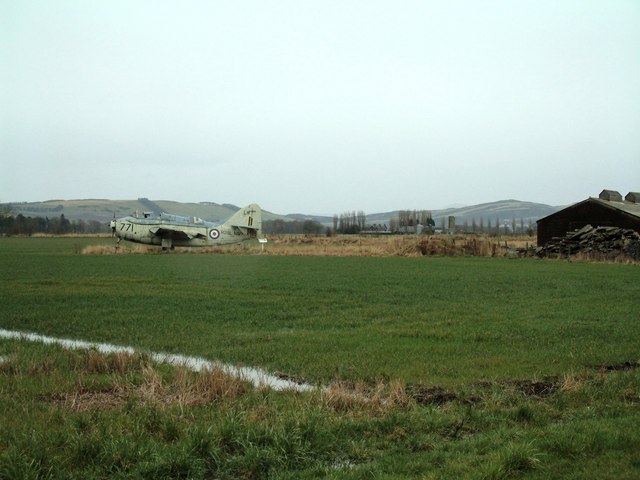
The Allies could not spare pilots to train the Russians, so the Russians sent pilots to England. In the end, the Russians ended up receiving far fewer aircraft than were originally offered – estimates range from 10 to 14, down from the original hundreds offered – but the bravery of the Russian airmen who ferried the aircraft from the British Isles, home to the enemy of their enemy, will forever be commemorated by the plaque affixed to the small obelisk in the Errol churchyard.
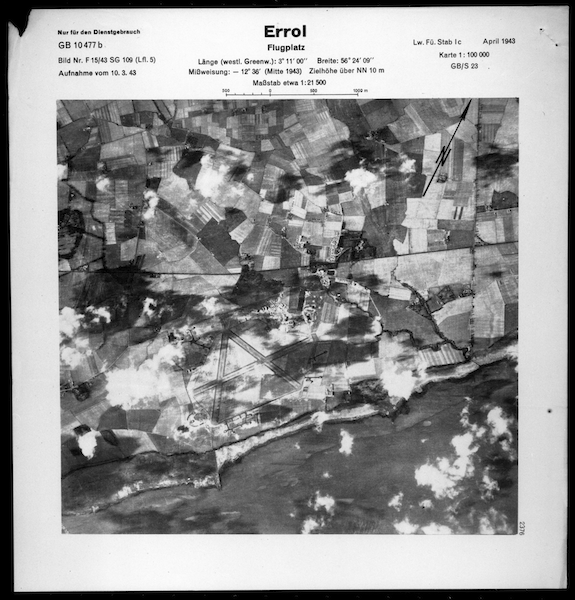
The story of the stone itself is as strange as the story of the Russian airmen: in 2018, Dennis Molloy, Provost of Perth and Kinross, met with Russian author Anna Belorusova after the Remembrance day ceremony at Errol Airfield.
Mellow and Belorusova spoke of the latter’s grandfather, a Russian pilot stationed at Errol, and their conversation sparked their mutual pursuit of a proper memorial for the far-flung heroes who played such an integral part in a unique international mission.
A Russian companion to the Errol monument was raised in Khvoinya near St. Petersburg this past month. The men of the Moscow Special Assignment team were originally stationed there, where they served as emergency supply and evacuation pilots during the Siege of Leningrad. The quartzite red stone is the same type as the Tomb of the Unknown Soldier outside of the Kremlin in Moscow is made of.
Lead image – angusforbesphotography.com
In keeping with coronavirus safety requirements, no ceremony was held to commemorate the stone’s installation at the church. Errol councillor Angus Forbes captured the moment alongside Morris Leslie (managing director and namesake of the Morris Leslie Group) and Ron Gillies, a local community member as the stone was carefully set in place.
Another Article From Us: Texas Raiders B-17 Flying Fortress Returns to the Skies
A dedication ceremony befitting the heroes remembered by the installation will be held on VE day, 8 May 2021, if public gatherings can be safely organized once again in the new year.
